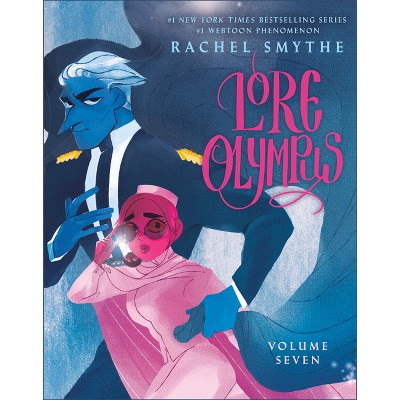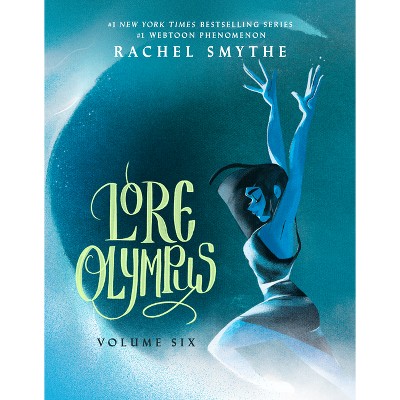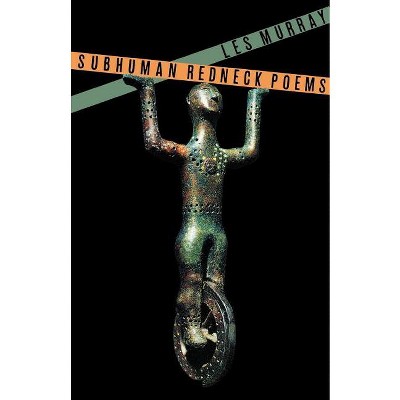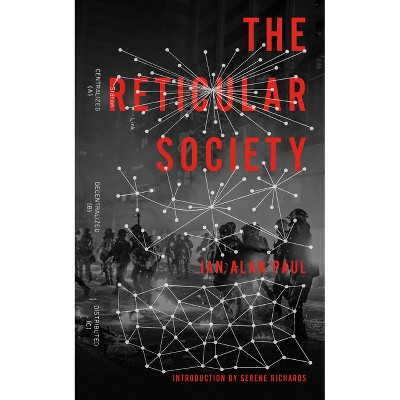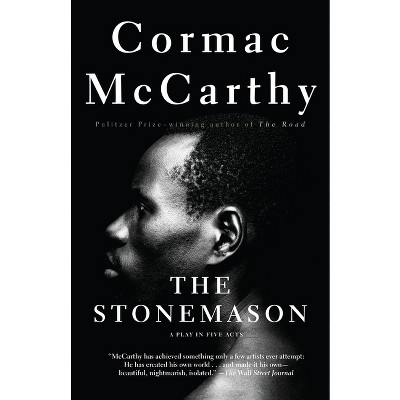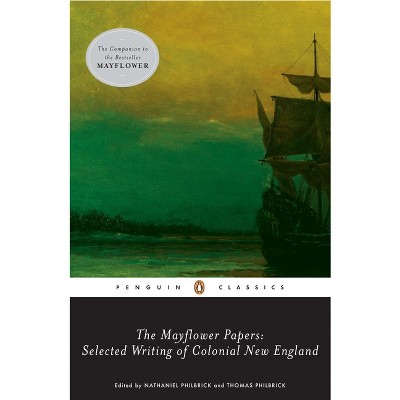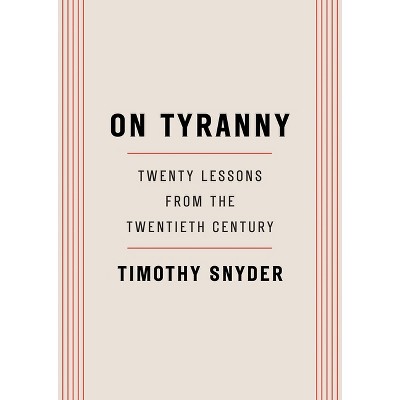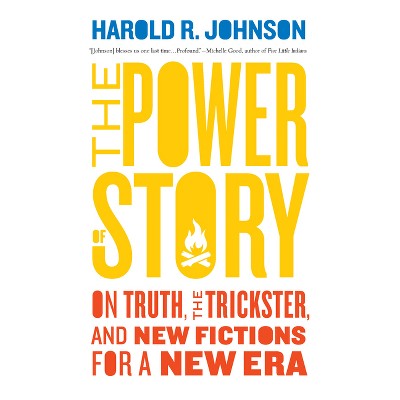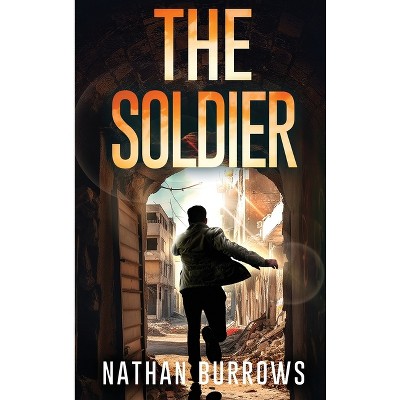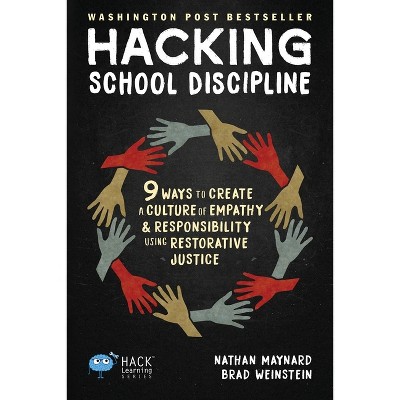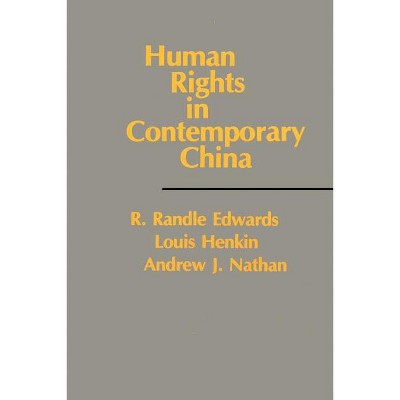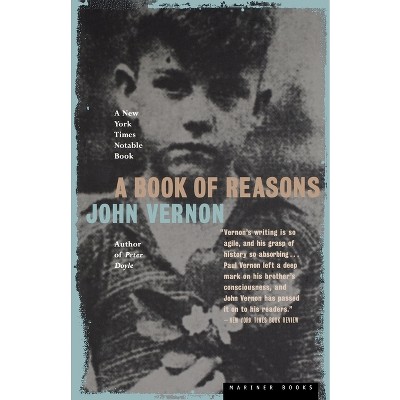Sponsored

Anti-Foreign Imagery in American Pulps and Comic Books, 1920-1960 - by Nathan Vernon Madison (Paperback)
In Stock
Sponsored
About this item
Highlights
- In this thorough history, the author demonstrates, via the popular literature (primarily pulp magazines and comic books) of the 1920s to about 1960, that the stories therein drew their definitions of heroism and villainy from an overarching, nativist fear of outsiders that had existed before World War I but intensified afterwards.
- About the Author: Nathan Vernon Madison is currently a researcher on the "Tredegar Works" Project at the American Civil War Center and has written for the Library of Virginia's Dictionary of Virginia Biographies, the magazine Blood 'n' Thunder, the encyclopedic series Comics Through Time and the online Pulp Magazines Project.
- 236 Pages
- Literary Criticism, General
Description
About the Book
In this thorough history, the author demonstrates, via the popular literature (primarily pulp magazines and comic books) of the 1920s to about 1960, that the stories therein drew their definitions of heroism and villainy from an overarching, nativist fear of outsiders that had existed before World War I but intensified afterwards. These depictions were transferred to America's "new" enemies, both following U.S. entry into the Second World War and during the early stages of the Cold War.Anti-foreign narratives showed a growing emphasis on ideological, as opposed to racial or ethnic, differences--and early signs of the coming "multiculturalism"--indicating that pure racism was not the sole reason for nativist rhetoric in popular literature.
The process of change in America's nativist sentiments, so virulent after the First World War, are revealed by the popular, inexpensive escapism of the time, pulp magazines and comic books.
Book Synopsis
In this thorough history, the author demonstrates, via the popular literature (primarily pulp magazines and comic books) of the 1920s to about 1960, that the stories therein drew their definitions of heroism and villainy from an overarching, nativist fear of outsiders that had existed before World War I but intensified afterwards. These depictions were transferred to America's "new" enemies, both following U.S. entry into the Second World War and during the early stages of the Cold War.
Anti-foreign narratives showed a growing emphasis on ideological, as opposed to racial or ethnic, differences--and early signs of the coming "multiculturalism"--indicating that pure racism was not the sole reason for nativist rhetoric in popular literature.
The process of change in America's nativist sentiments, so virulent after the First World War, are revealed by the popular, inexpensive escapism of the time, pulp magazines and comic books.
Review Quotes
"well researched and thorough...a superb job...valuable"-ComixCorner.com; "examines nativist imagery of Japanese and German citizens in comic books during World War II, and of people from China, North Korea, and Communist Russia during the Cold War"-Reference & Research Book News.
About the Author
Nathan Vernon Madison is currently a researcher on the "Tredegar Works" Project at the American Civil War Center and has written for the Library of Virginia's Dictionary of Virginia Biographies, the magazine Blood 'n' Thunder, the encyclopedic series Comics Through Time and the online Pulp Magazines Project. He lives in Richmond, Virginia.Shipping details
Return details
Guests also viewed
